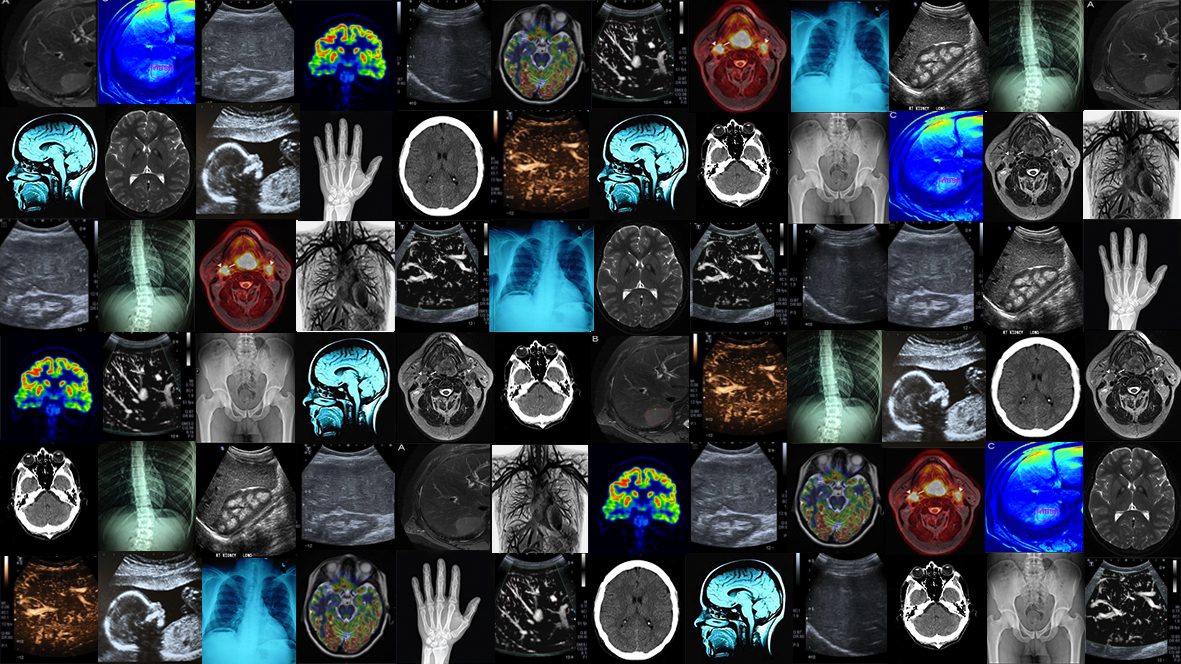Rare diseases: the hidden priority of scientific research
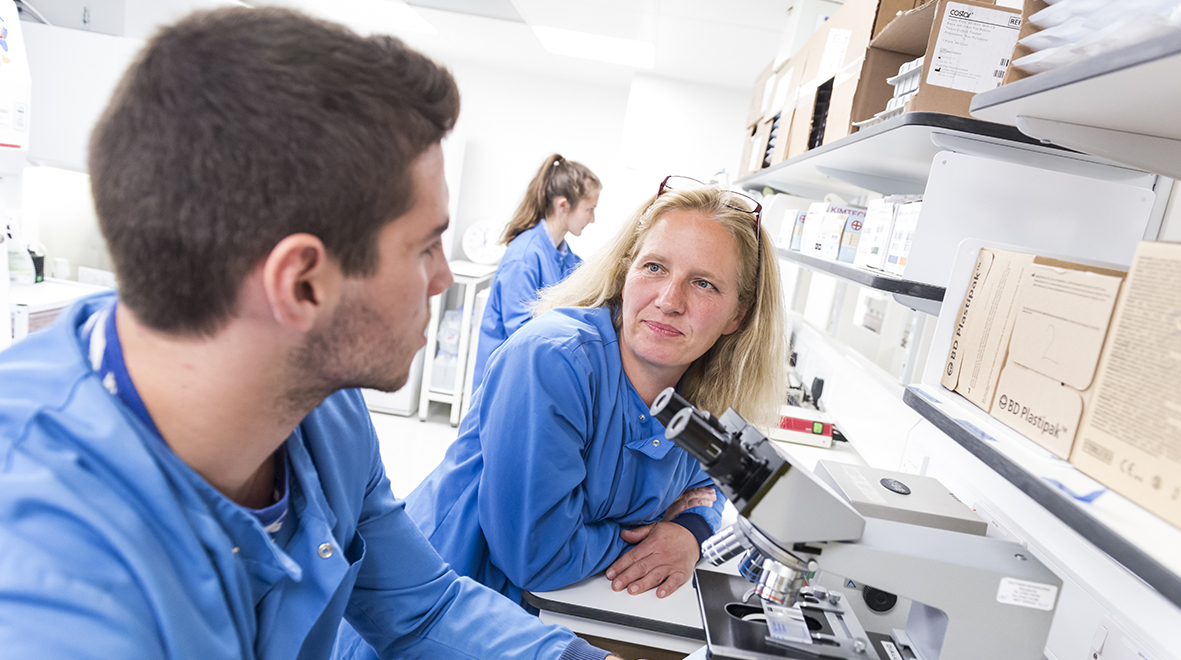
For Rare Disease Day, Professors Uta Griesenbach and Eric Alton tell us why rare diseases are the hidden priority of scientific research.
A rare disease, also known as an orphan disease, affects by definition less than five in 10,000 (or 0.05%) of the general population.
Hence the question arises: why a disease as rare as 0.05% of the population presents a good investment of research funding? We think the answer is simple and importantly the math adds up. Here are some facts, based on raredisease.org.uk: (more…)
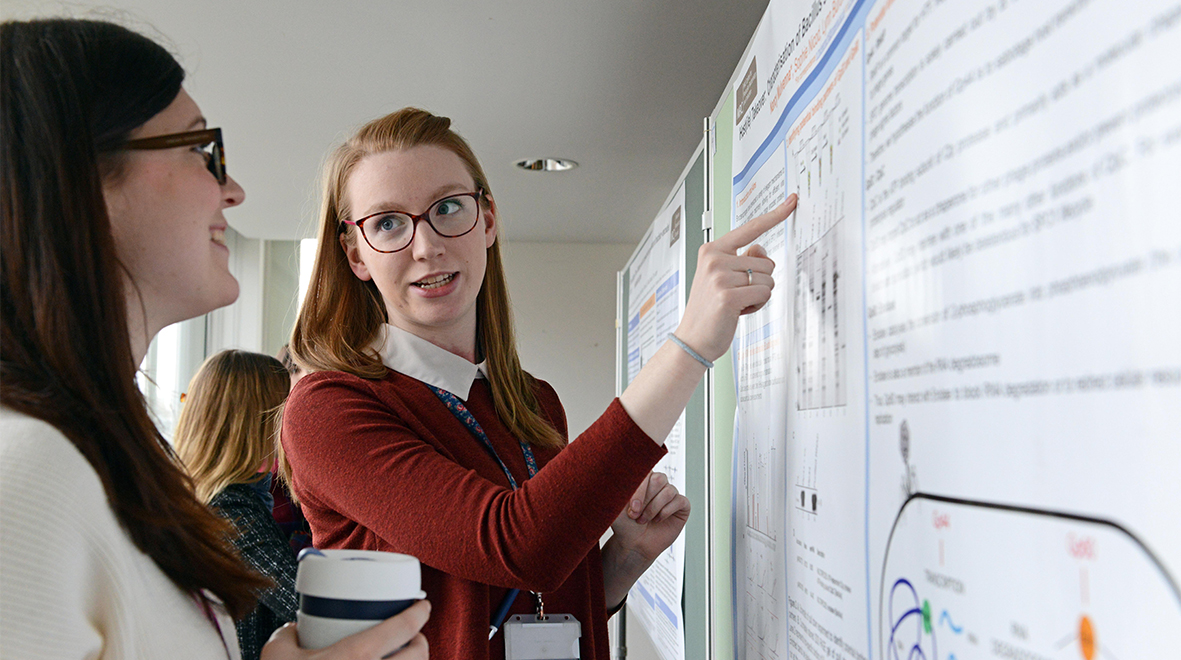
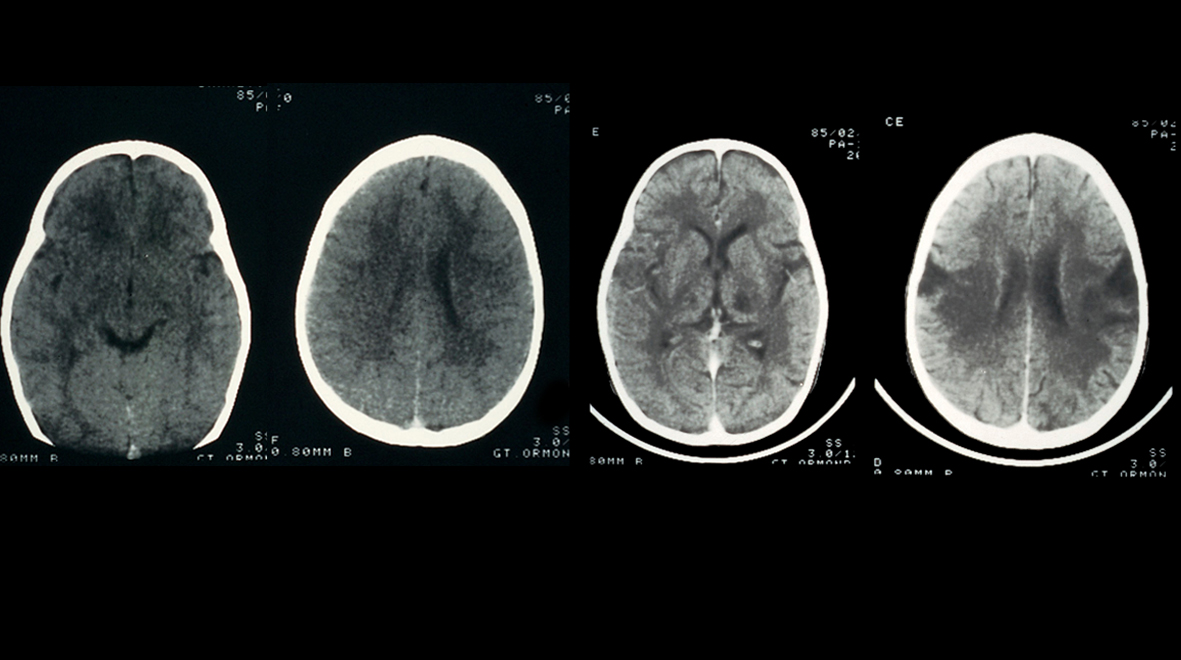

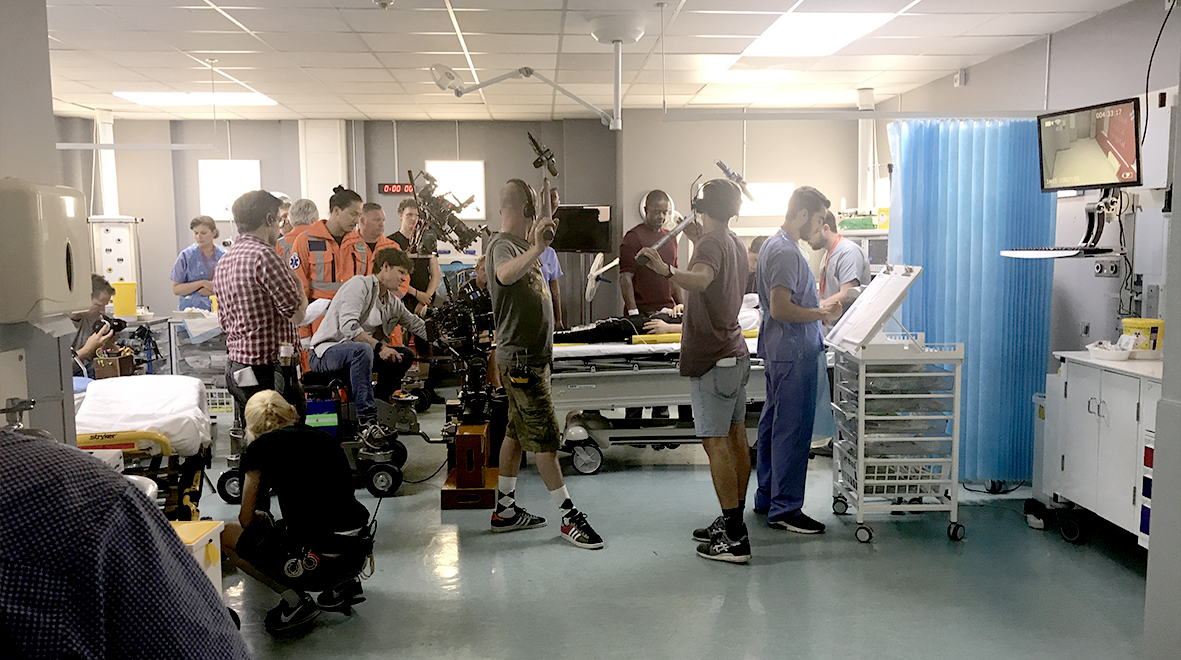
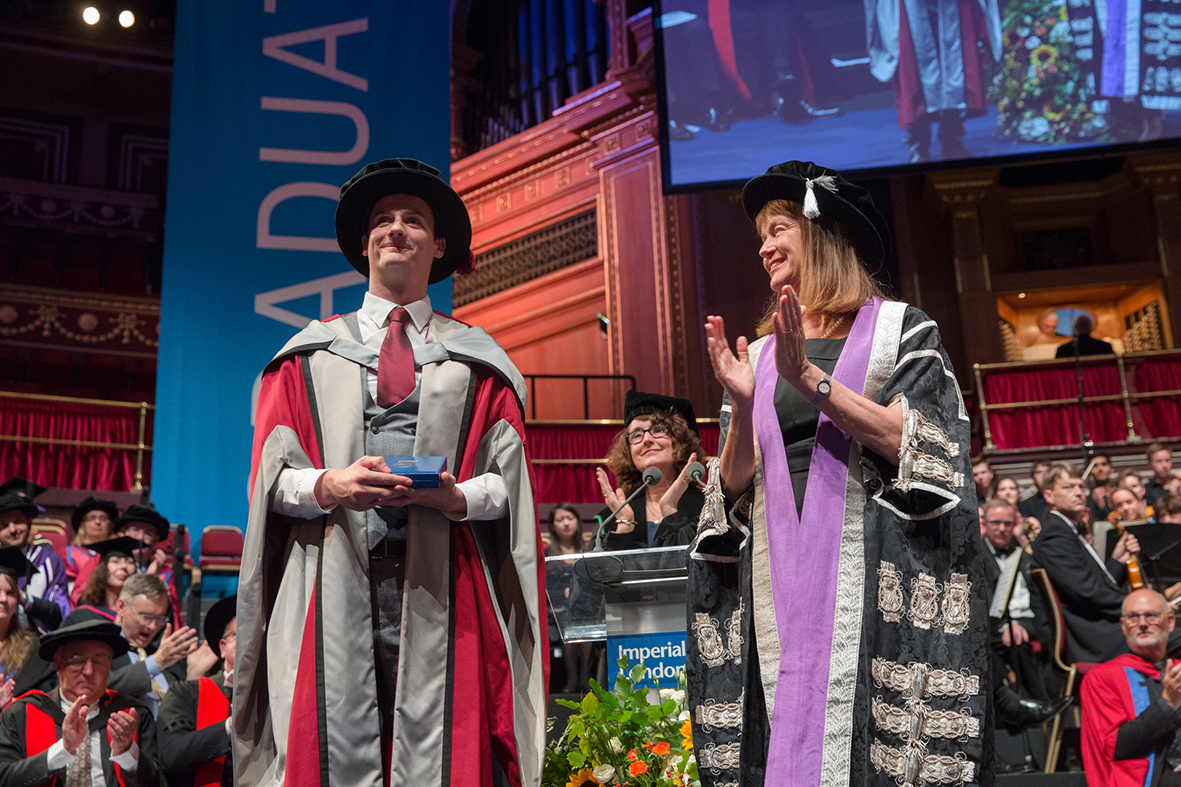
 An eye-opening account by Professor Sir Tony Newman Taylor on how asbestos has gone from ‘magic mineral’ to deadly dust that can cause mesothelioma.
An eye-opening account by Professor Sir Tony Newman Taylor on how asbestos has gone from ‘magic mineral’ to deadly dust that can cause mesothelioma.

